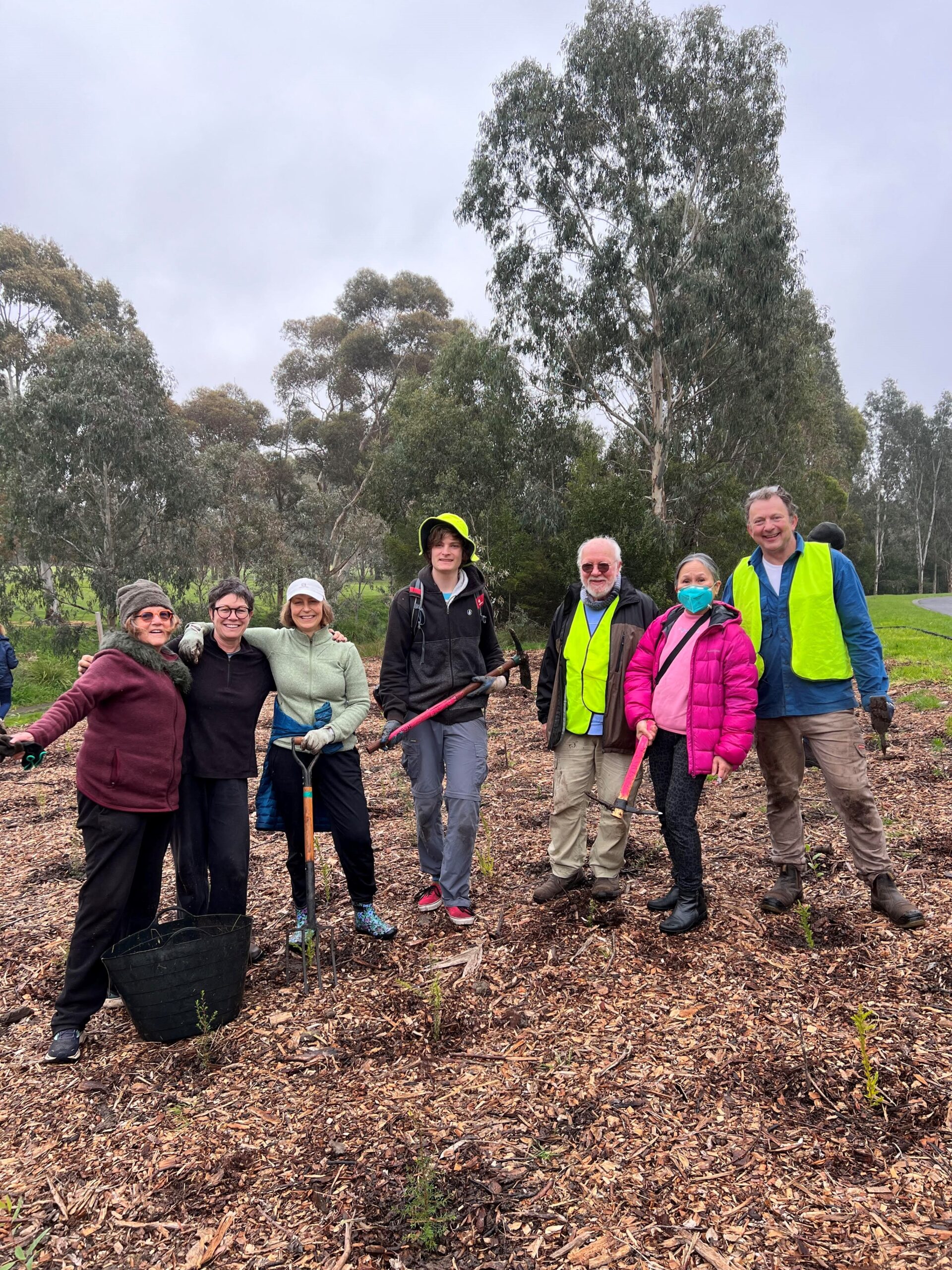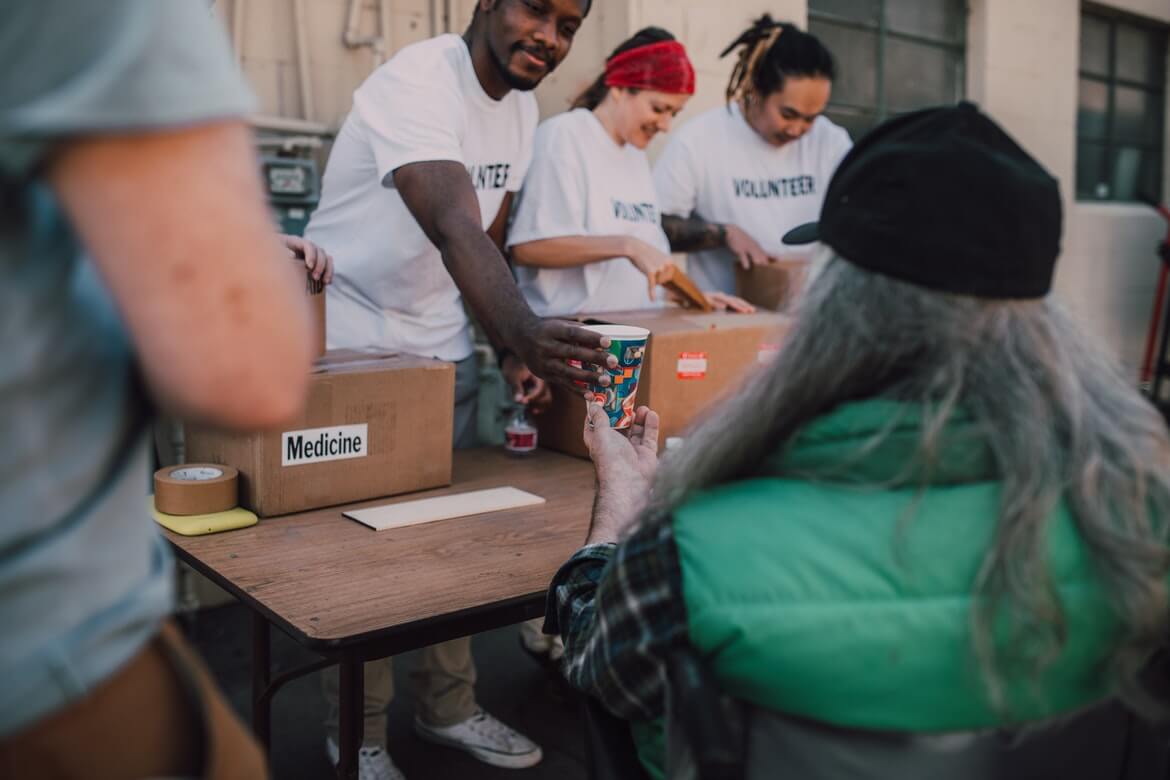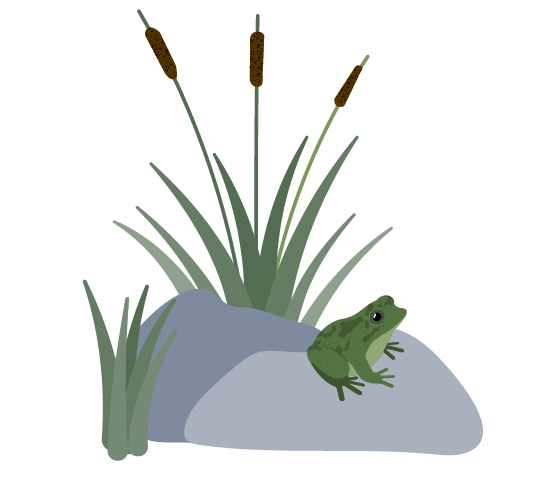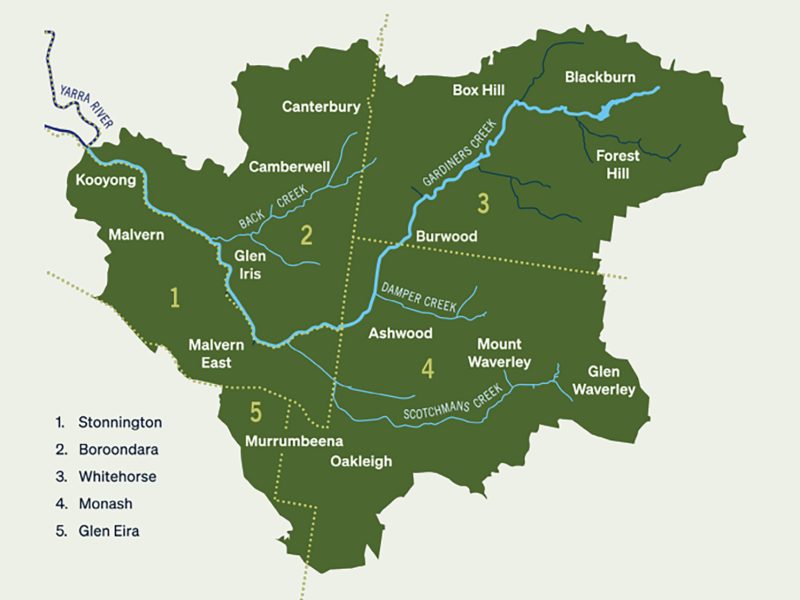About the Waterways
The Gardiners Creek (KooyongKoot) is located on the lands of the Wurundjeri Woi-wurrung people
The KooyongKoot catchment covers 112 square kilometres and spans across most of the eastern suburbs of Melbourne. Its area includes large parts of the local Government areas Boroondara, Stonnington, Monash, Whitehorse and a small part of Glen Eira.
The Gardiners Creek (KooyongKoot) waterway originates near Blackburn and flows through Burwood and Malvern East then alongside the Monash Freeway to the Yarra River (Birrarung), of which it is a major tributary. Major tributaries of the Creek include Scotchmans Creek, Back Creek and Damper Creek.
The catchment has a significant impact on the quality and health of the Yarra River (Birrarung) and in turn Port Phillip Bay. Water quality and biodiversity is under threat due to increasing pressure from urban development. Despite this the catchment supports a diverse range of native Australian plants and animals, and as such it is a priority of the collaboration to protect and enhance these areas.
About the Collaboration
A commitment to work together on a regional, catchment scale
Catchments go beyond council boundaries. To protect and enhance the catchment it was agreed that commitment was needed by the diverse organisations and communities that use and interact with it. This includes Councils, Water Authorities, Friends of Groups, Sporting clubs, a university and the Traditional Custodians, the Wurundjeri Woi-wurrung people.
The Collaboration recognise that the Traditional Custodians have a key role to play in the management of the Gardiners Creek (KooyongKoot) catchment. The waterway is a living entity, and should be treated – as First Peoples once did – with the respect all living creatures deserve.
The collaboration uses a governance model, which is a partnership via Memorandum of Understanding (M.O.U.), which uses the GCRC Vision and Terms of Reference as guidance to ensure that collaboration work is genuinely collaborative and focused.

Our Vision
The following is the shared long-term vision agreed to by Collaboration Members:
- KooyongKoot and its catchment is protected, valued and loved, supporting diverse uses and thriving biodiversity.
- As custodians of our natural environment, First Peoples play a key role in its management.
- Community and all stakeholders are working together to heal, strengthen and ensure the resilience of KooyongKoot and its catchment.
For more information about the Collaboration’s Vision, its Objectives and its initial proposed project, download the Collaboration Prospectus below:

How we got here
-
Aboriginal land
Pre 1830For many thousands of years, the KooyongKoot was under Aboriginal land management. -
Non Aboriginal people started arriving
1830s – 1920sFloodplains were cleared for farming which led to vegetation loss, reduction in soil quality and the introduction of exotic species. -
Residential Industrial Development
1920's – 1950'sAfter World War I, residential and industrial development occurred. Water quality declined rapidly. -
Extensive drainage and sewage works
1960's–1970'sExtensive drainage and sewage works undertaken by authorities to improve flood management and water quality -
Improve the state of the catchment
1980's – 2019Growing awareness of the issues led to action by government authorities and community groups to improve the state of the catchment -
The concept of the Collaboration is born
2020'sCity of Stonnington identify in its Gardiners Creek (KooyongKoot) Masterplan that regional collaboration was essential to protect and enhance the catchment. -
Stonnington City Council partners with Melbourne Water
1st January, 2022Stonnington City Council in partnership with Melbourne Water and starts exploring with other stakeholders the potential for forming an ongoing regional collaboration. A vision and objectives for the regional collaboration are developed. -
Governance model confirmed
2022Potential projects and programs and possible governance models for regional collaboration are explored. Stakeholders confirm governance model, priority initiatives and Memorandum of Understanding (MOU) is distributed to members. -
Collaborative submission
2023Official name of the collaboration confirmed, MOU signed by all 16 Collaboration Members, Collaboration launch at Bennettswood Reserve, Burwood. Data Strategy Working group setup. Strategic Plan Working group setup. Collaboration Prospectus finalised and printed. -
New Collaboration Lead is hired
2024New Collaboration Lead is hired. Initial catchment-scale Litter Assessment completed. Collaborative submission to the State government Green Links biodiversity grant. Collaborative submission to the Federal Government Urban Rivers & Catchments grant. Collaborative submission to the Melbourne Water Living Links Grant. Website launch.







